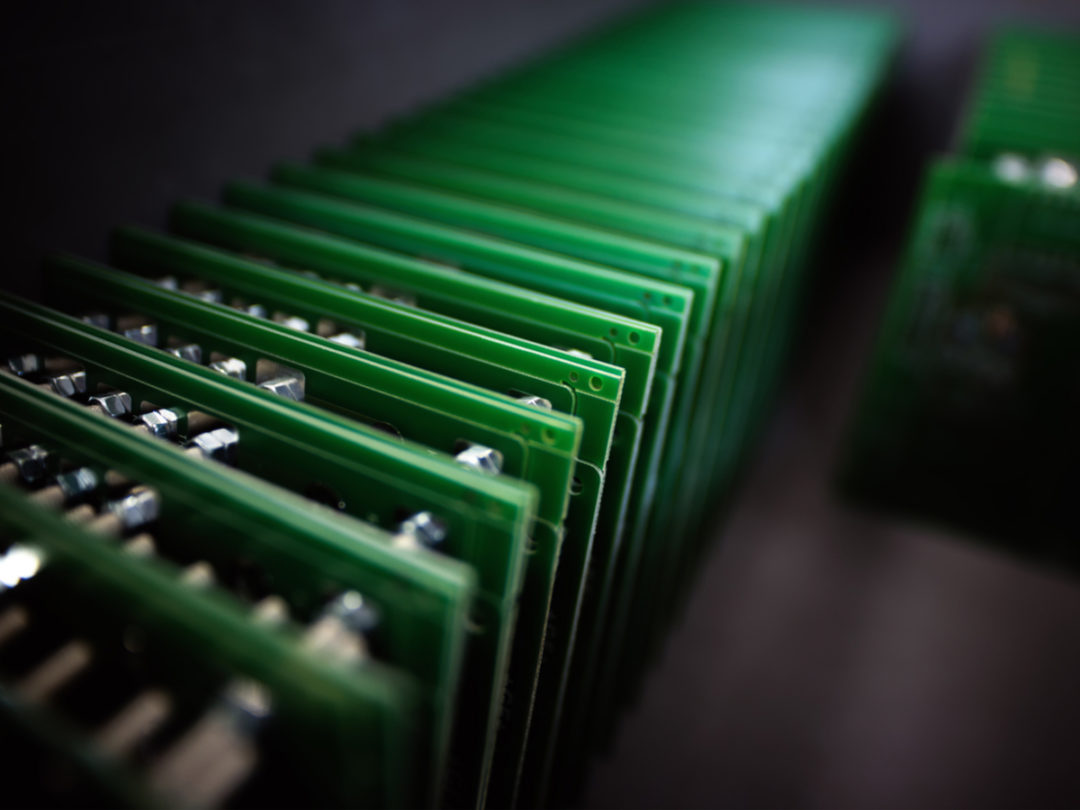
Quick and efficient arrival of electronic components is essential for any equipment manufacturer to run successfully, but long lead times are increasingly causing halts in production. Here's a breakdown of today's blockages — and how to deal with the disruption.
The COVID-19 pandemic. Electronics supply chains were already dealing with component shortages, and these have become even more extreme now, as travel is restricted and certain regions are shut down completely. This crisis might require a complete rethink by manufacturers of who their suppliers are. Transportation of components is also an issue as freight capacity has decreased.
Tariffs and political tensions. There are also reasons outside of the business world for lengthy lead times on electronic components. Tariffs and trade agreements made by different countries can have a huge impact on the availability of materials for production or the products themselves.
An example of this is the current trade war between the US and China, with tariffs being placed on imports from both sides. The current uncertainty around Brexit is another good example, with businesses cautious about investing too much without knowing what kind of trade deal we will have after we leave the EU.
New and expanding markets. The electronics market is accelerating, with new yearly models of smartphones, the investment in electric automotive technology, and the introduction of smart speakers and home assistants just some of the products causing demand.
Demand is outstripping supply in a lot of situations and the technology is growing faster than manufacturers can produce the components to make them.
Manufacturing limitations. In some cases, manufacturers just don’t currently have the means to produce the components required on a large enough scale. With MLCCs, for example, manufacturers have already reached their limit of how many ceramic layers can be stacked with current equipment.
How should companies deal with longer electronic component lead times?
Supply chains and OEMs can still find ways to operate that will reduce negative impact.
Work closely with your suppliers — and use forecasting. When it comes to supply chains, OEMs and suppliers should work together to forecast when the highest demand for certain components is likely to be. Using past sales data can give a good idea of when to expect your busy periods, in addition to the times surrounding new product launches. Forecasting means that suppliers can preemptively stock components that OEMs will need well in advance, significantly reducing lead times.
Be wary of poor-quality and counterfeit components. At times of crisis, it can become more common for counterfeit components to start circulating in the supply chain. More than ever, it is important to be wary and not panic buy components when your company is navigating longer lead times. Instead, still make sure to research thoroughly, always check certifications, and get support from any of your distribution partners.
Be flexible and adaptable. You might encounter a situation where your usual supplier cannot provide the components you need. If this happens, you need to be prepared to look elsewhere. While a simplified supply-chain management approach is best, having qualified and reliable backup suppliers for components is recommended as it gives more flexibility in times of shortages.
Partner with an electronics components distributor. One of the best ways to navigate times with component shortages is to find a distribution partner who can guide you through the difficulties. They will be able to help you source hard-to-find components and take proactive measures to prevent further supply-chain issues from occurring at times when you need to deal with shortages and long lead times.
Those are just a few tips for dealing with the longer electronic component lead times that we are currently seeing. It’s important to keep strategizing and think to the long term as well as just finding reactive solutions.
Jeff Brind is chief information officer at Rebound Electronics, a U.K.-based electronic components distributor.







